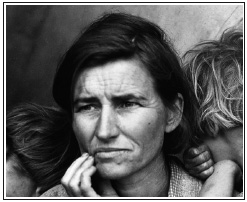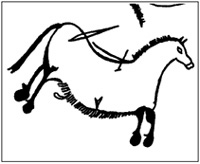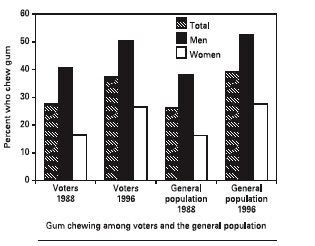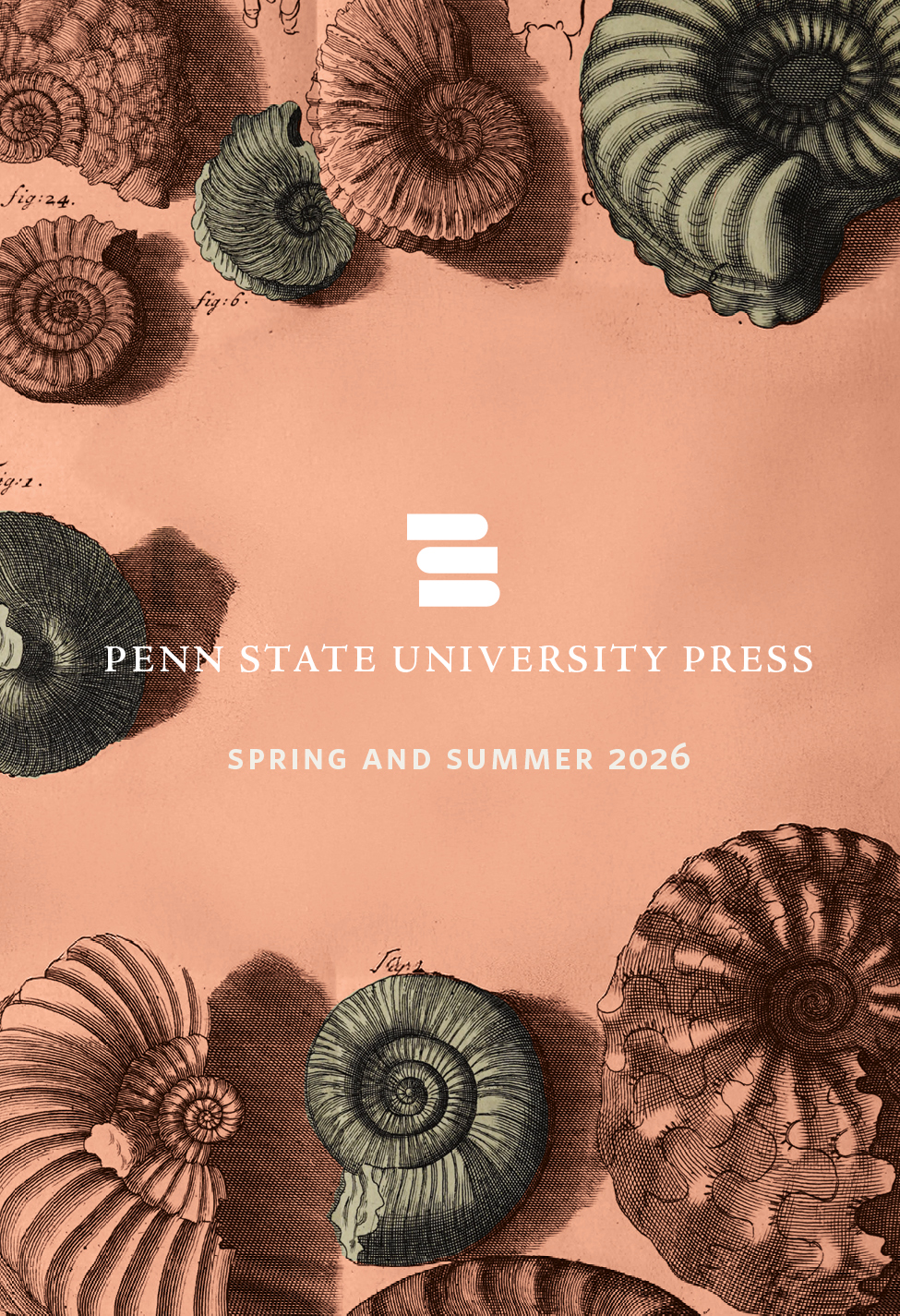Overview of Digital Art
There are several factors to consider when attempting to reproduce illustrations in printed books. Quality of original illustrations is foremost, but we also consider scanning resolution, the paper books will be printed on, and printing presses. Failure to consider any one of these factors can lead to problems when books are on press and to disappointment with finished books. To avoid this, we prefer to handle scanning your photographs and lllustrations. If this is not possible, have a professional graphic arts service bureau scan your art to specifications below. Prints from digital files, submitted as art to be scanned, are not acceptable. Scans that do not meet these guidelines may be rejected. The guidelines set forth in this document pertain strictly to black and white digital art.
What Is Digital Art?
Digital art is any image that has been captured through scanning or digital photography, or that has been created using a software program.
Types of Digital Art: Scans and Computer-based Drawings
Scans
Scans (or bitmap files) are images composed of pixels—the smallest building blocks of bitmapped art. The figures below show two basic types of scans. Figure 1.1 is a continuous-tone scan. Figure 1.2 is a bi-tonal scan.
Continuous-tone scans (8-bit): In continuous-tone scans each pixel is one of 256 shades of gray, ranging from pure white to solid black. Because each pixel can vary in tonality, transitions from light to dark are smooth and realistic, as long as the resolution is high enough. Photographs and drawings with fine transitions between light and dark, such as figure 1.1, are ideal candidates for continuous-tone scanning.
Bi-tonal scans (1-bit): In bi-tonal scans, each pixel can be only on of two values, 100% black or 100% white. Images that lack gray values, such as figure 1.2, are good candidates for bi-tonal scanning.

Figure 1.1: Migrant Mother by Dorothea Lange. Courtesy of the U.S. Farm Security Administration Collection, Library of Congress.

Figure 1.2: Drawing by R. Dale Guthrie.
Computer-based Drawings
Charts, timelines, graphs, and other quantitative information-based images are often created (as opposed to scanned) using a vector-based drawing application. These build images by using mathematical formulas to describe points, lines, and shapes. Unlike scans, which depend on proper resolution for realistic rendering, vector graphics are resolution independent and can be enlarged to any size without loss of quality. See figure 1.3.

Figure 1.3
Terminology:
Resolution refers to the number of pixels per unit of measure used to form an image. In the United States, resolution is calculated per inch, hence the abbreviation ppi.
Continuous-tone images are often referred to as “photographs.” Adobe Photoshop uses the term “grayscale” (Menu: Image > Mode).
Bi-tonal images are often referred to as “line art” or “monochrome” images. Adobe Photoshop uses the term “Bitmap” (Menu: Image > Mode).



 Spring/Summer 2026
Spring/Summer 2026